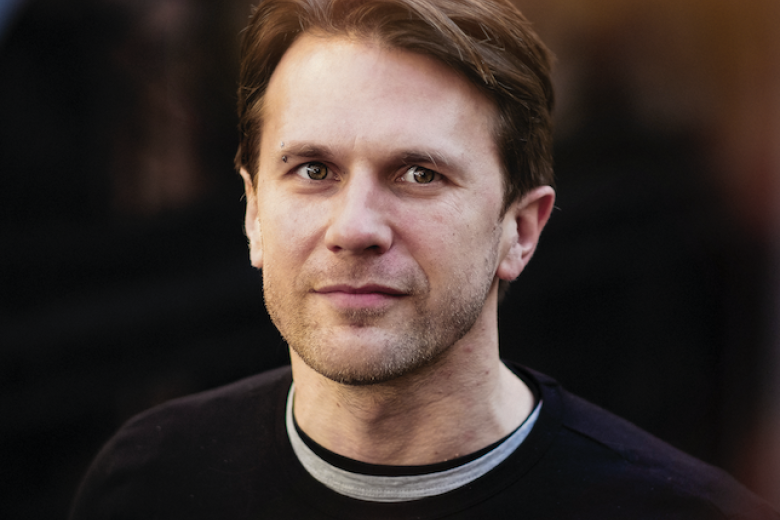That stellar moment...
Do you recall that one moment that your life changed forever? Say, the moment you sat down in a train seat and found yourself sitting next to your future wife or husband, or when you watched that one singer and fell headfirst in your lifelong for music, or maybe that moment you won the lottery and instantly became a millionaire? I do remember mine.
One cold morning in the winter of 1989, I was sifting through the booklets of the library of my primary school, looking for a nice topic to have a presentation on. Foxes, airplanes, sharks, or submarines didn’t do it for me, but then I stumbled upon a book on planets. Mesmerized, I took in the beautiful drawings of stars and planets, and learned that there were still so many mysteries to be solved in astrophysics. I decided there and then I wanted to become a scientist. A life changing moment if there ever was one.
For many physicists (and on a much bigger scale than would fit in a schoolboy’s imagination), such a moment was on the 14th of September 2015, that first time in the history of mankind that a gravitational wave was detected. In the deep abyss of space, two black holes ended their spiraling dance around each other and merged into a final black hole, a union so spectacular that it shook space and time itself and sent massive amounts of energy plowing through the Universe until, a little over a billion years later, it arrived at the LIGO detector in the United States. Many more detections of gravitational waves followed and it changed everything.
For one thing, it changed the physics community, because from that moment onward, scientists can study phenomena in the universe that were previously out of the reach of our prying telescopes. Using gravitational waves, we can expect to have many mysteries solved in the next following decades, from extreme space time-stretching of eerie black holes, to the quantum mechanics of ultra-dense neutron stars, and even to the origin of the universe itself. It is no wonder the Nobel Prize, went straight to three of the main contributors of this scientific endeavour, making the detection of gravitational waves certainly a moment that changed their life as well.
The discovery of gravitational waves lead directly to another life changing moment for me. The discovery sparked the interest of Maastricht University to start a research group in gravitational wave physics, which I am to set up in the next few years. So, almost thirty years after my fortunate day in the school library, here I am: moved from Amsterdam to Maastricht, a part of the solving of mysteries that that book on stars and planets orated about already so long ago.
In this series of blogs, I will keep everyone updated on the progress, the mysteries we will study, what black holes and neutron stars are, and how Maastricht University will contribute to the worldwide research on gravitational wave physics.
Certainly some great discoveries will be reported here. And maybe reading about this exciting topic will change your life, if even a little, too.
G. Koekoek
Associate professor of physics at the research group Gravitational Waves and Fundamental Physics (GFWP).
